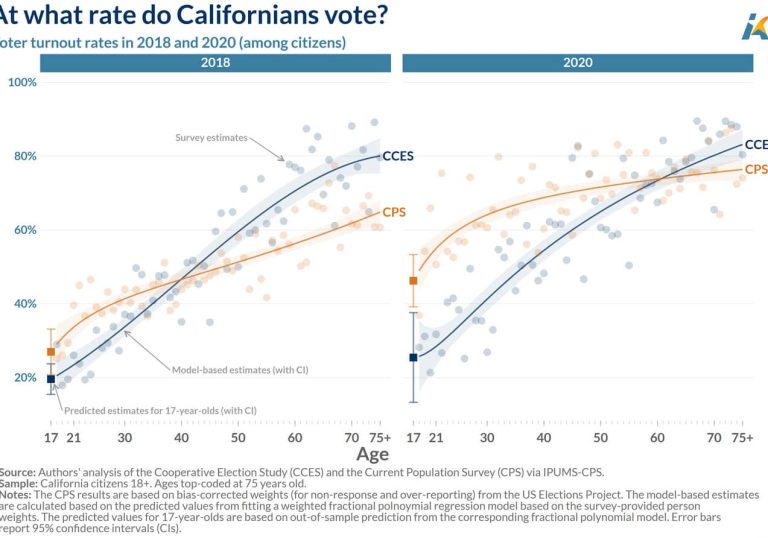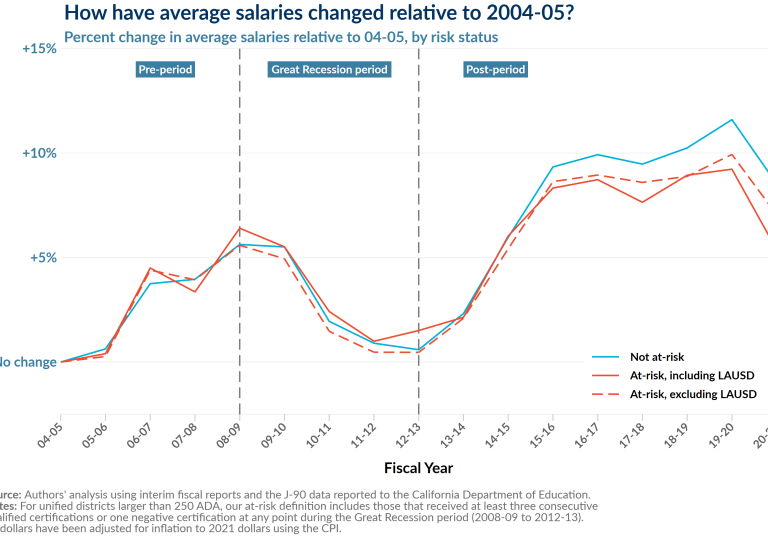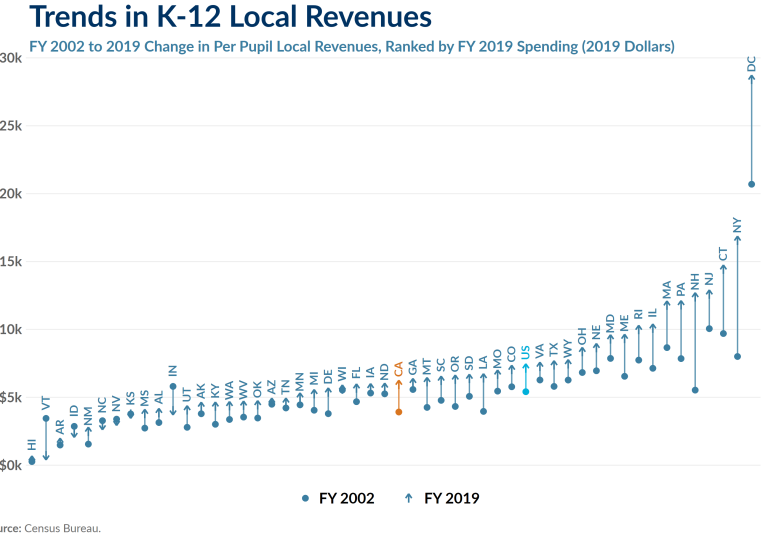Funding state-wide education isn’t cheap. But a well-funded early care and P-16 system has both direct benefits to students as well as indirect benefits to society. As we review impacts from early education through college, the evidence is clear: public education has ripple effects throughout the student’s life and for society as a whole.
Early education has lifelong impacts
Investments in high quality early childhood education have been found to be particularly important for later life outcomes:
- Higher performance later in life. When students enroll in high quality pre-K programs, research has found that students have higher test scores, less need to repeat grades or enroll in special education, and are more likely to graduate from high school, go to college, and have increased life-long earnings (Heckman, 2011; Schweinhart & Weikart, 1993; Bakken, Brown, & Downing, 2017).
- Bridging the achievement gap. Importantly, early learning programs begin to address achievement gaps between students before they even arrive in kindergarten, which can lead to greater cost-savings later on in the K-12 system (Schweinhart & Fulcher-Dawson, 2012).
Indirect benefits of early education
It’s not just students that are served. Early education also offers these advantages:
- For parents. In California, early childhood programs have the indirect benefit of providing many working parents–especially those who are single–with childcare (Thorman & Danielson, 2019).
- Improving societal outcomes. In longitudinal studies of preschool interventions, researchers have found that early childhood programs produce other indirect benefits such as long-term savings on safety net programs and the criminal justice system, and they may help create a stronger tax base (Schweinhart, Montie, Xiang, Barnett, Belfield & Nores, 2005).
K-12 pays off for everyone
The K-12 period is a crucial time that affects not only the life of the learner but also society as a whole.
- Predicting later success. Success in K-12 can predict students’ later life outcomes such as college attainment, adult employment, and physical and mental health (Heckman, Stixrud, & Urzua, 2006; Greenstone et al., 2012).
- Higher earnings. Those with high school diplomas have been found to earn more in the labor market compared to those who do not graduate and this wage gap has widened in recent years (Heckman, Lochner, & Todd, 2008).
- Collective benefits. There are important collective, societal advantages as well: those with at least a high school diploma are less dependent on social welfare programs, less likely to be incarcerated, and are less likely to engage in risky behaviors as adolescents; those with at least a high school education are also more likely to be married and to raise children outside of poverty (Greenstone et al., 2012).
Higher education for the win
Higher education serves multiple purposes–like other levels of education, it transforms the life of learners. Investing in higher education can also yield broad returns, creating industries, jobs, and promoting an educated workforce.
- Additional lifetime earnings. Winters (2020) finds that California college graduates earn on average $108,932 versus $55,158 for high school graduates—a 97.5 percent advantage. Beyond earnings, college graduates generally have higher levels of employment, coverage in employer retirement plans, civic engagement, and better voter turnout, among other benefits (Ma, Pender, & Welch, 2019).
- Increased state revenue. Stiles, Hout, and Brady (2012) find that in California, every dollar spent on higher education in the state returns $4.50 back to state coffers.
- Research and technology investment. Higher education in California also provides substantial returns from investments in research and technology that continue to serve society by bringing research dollars, jobs, and advancements to the state that improve lives.
- Human capital. California’s system of higher education also sparks and sustains human capital development in the state. With some of the best universities in the world, California colleges help attract some of the best and brightest from across the country and world to its economy.
Worth the investment
There’s plenty of evidence that a quality education pays off. A well-educated populace is essential to the health of a democratic society and necessary for driving economic development. It’s clear: public investment in P-16 education pays off for the state and its residents.
But, are we investing enough?

How much should California be spending in order to make sure that every student can achieve certain goals – like graduating from high school or affording to attend college? An adequacy formula for K-12 and higher education could help give us the answers. With an adequacy formula, policymakers would know what level of spending on a per-pupil basis would be required to achieve certain goals.
How’s California doing now? Take a deep-dive in our issue brief (PDF) to learn whether California’s current funding levels are enough to meet the state’s goals.










